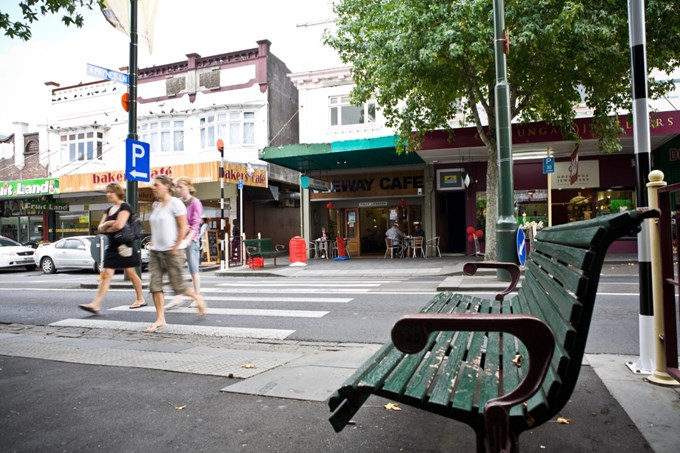Auckland Council’s Planning Committee has today, 3 March 2022, agreed to an approach for enabling more apartment and terrace housing, and greater housing choices, close to Auckland’s local and town centres to meet central government requirements for more housing density.
The central government’s National Policy Statement on Urban Development (NPSUD) directs councils of New Zealand’s largest and fastest-growing cities to allow for more housing, at greater heights and density in places close to jobs, community services and public transport.
One of its policies directs the council to enable more housing density within and next to the city’s neighbourhood, local and town centres to match the level of commercial activity and community services in each centre, such as jobs, shops, education, businesses, and civic facilities.
This follows the government’s amendments to this NPS-UD policy in December last year through the Resource Management (Enabling Housing Supply and Other Matters) Amendment Act.
Planning Committee chair Councillor Chris Darby says the council is required to make changes to the Auckland Unitary Plan as directed by central government.
“The government requires more intensification in and around Auckland’s various suburban centres, where there is good access to the everyday things people rely on. But they leave it up to councils to work out which urban centres are suitable and what building heights and density to enable.
“After an evidence-based analysis, we propose no additional intensification within any of these suburban centres, given the Auckland Unitary Plan already allows for generous building heights and density within them.
“Also, no intensification in areas around any neighbourhood centres, which are usually small ‘corner shop’ areas, or around any local and town centres that are either small or have poor access to transport, jobs, or services,” he says.
“We have agreed a set of principles for public consultation where it’s considered that further intensification would be appropriate. This is around local and town centres that are either large or provide good access to jobs, shops, supermarkets, schools, public transport, and other services.
“It means enabling apartment and terrace housing in some new places or expanding where it currently exists – as many of our town centres are currently earmarked for growth under the Auckland Unitary Plan with apartments and terrace housing already enabled around these places.
“Aucklanders will be able to have their say on this approach during public consultation, beginning in April 2022.
“Allowing for this type of housing closer to urban centres brings benefits in greater housing choices and options to live closer to job, shops, and public transport, meaning people rely less on their cars helping to reduce congestion and greenhouse gas emissions.
“However, while we’re not proposing any intensification around smaller neighbourhood, local and town centres, the government’s new legislation requiring councils to enable more medium-density housing of up to three storeys across residential Auckland will mean widespread changes for most of our city, including those centres,” says Councillor Darby.
The decisions made by the Planning Committee today are separate to other NPS-UD requirements for intensification within ‘walkable catchments’ around Auckland’s city centre, 10 metropolitan centres and rapid transit stops, where the council agreed separate approaches last year.
Approach to height and density around suburban centres
In Auckland, local centres generally service the convenience needs of surrounding residential areas with local shops and businesses, cafes, restaurants, and sometimes small supermarkets, for example, Mangere East and Meadowbank.
Town centres are larger and usually located on main arterial roads with frequent public transport. They provide a range of activities, including shopping, recreation, hospitality, jobs, schools, and other community services. Most are already identified for some surrounding residential intensification, such as Milford and Hunters Corner.
To meet the government’s National Policy Statement on Urban Development requirements for more building height and density within and adjacent to suburban centres, the council has agreed to:
- No changes to building heights within any suburban centres (Neighbourhood, Local and Town Centres)
- No additional intensification for any Neighbourhood Centres, or Local or Town Centres that are small and or have low access (except for the widespread government requirements to enable for medium density housing of up to three storeys)
- Enable terrace housing and apartments around large Local Centres with high accessibility and small Town Centres with high accessibility up to around 200 metres, or a two and half minute walk
- Enable terrace housing and apartments around large Town Centres with high accessibility up to around 400 metres, or a five-minute walk.
Any changes to heights and density may also be limited by qualifying matters. These are exemptions the government allows to reduce building heights and density in some areas where it’s justified by robust evidence.
The council is required to publicly notify changes to the Auckland Unitary Plan by 20 August 2022 to implement the NPSUD, as directed by central government.
More details are available in the Planning Committee agenda here.
For more information on what the government’s changes mean for Auckland, visit ourauckland.nz/growingtogether


